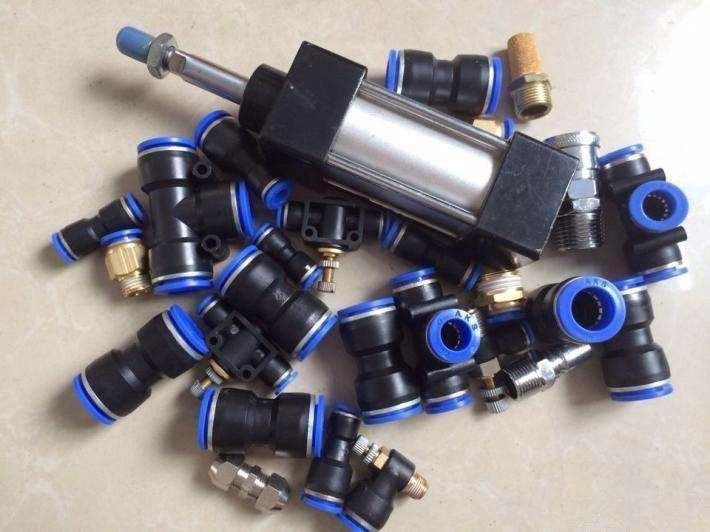Impurities in the oil block the valve damping hole, the spring in the valve is fatigued or damaged, and too many impurities make the valve core inflexible, which will cause vibration and noise.
The valve core and the valve body do not fit well or the surface is roughened. If the fitting clearance is too loose, the internal leakage is serious, and noise and vibration are generated; if it is too tight, the valve core is difficult to move, and vibration and noise are generated. Therefore, it is necessary to grasp the appropriate clearance during assembly, so that the valve core can move freely in the valve hole but not loose or astringent.

Noise is generated when the reversing valve is reversing.
a. Rapid reversing causes pressure shock and mechanical vibration that affects the pipeline;
b. There is dirt on the end face of the reversing valve iron core and the armature rod, and the suction is poor;
c. The end face of the reversing valve iron core and the armature rod is uneven, and the suction is poor;
d. The armature rod is too long or too short. Solution: Avoid or reduce rapid reversing, clean the end face of the reversing valve iron core and the armature rod, improve the end face flatness, and correct the length of the armature rod. Vibration and noise of the electromagnet.
The electromagnet generates obvious vibration and noise due to the spool stuck, intermittent electrical signal, and simultaneous power supply of two pairs of electromagnets of the solenoid valve.
The cavitation effect of the control valve generates fluid noise. This is because the oil flows through the valve body and produces a throttling effect, which generates a very high flow rate at the throttling port. The pressure also changes with the flow rate. When the pressure is lower than the atmospheric pressure, the air dissolved in the oil is separated to produce a large number of bubbles. The noise frequency at this time will be very high. In addition, in the jet state, the oil flow velocity is uneven and eddy currents occur, or noise is generated due to the oil flow being cut off. The solution to this type of noise is to increase the back pressure on the downstream side of the throttling port to make it higher than the limit of the air separation pressure.
The multi-section decompression method can be used to prevent the occurrence of cavitation. Loose connections between control components can also cause noise and vibration.

